In industrial settings, warehouses, and construction sites, efficiency depends on how well materials are moved, stored, and protected. This is where material handling equipment comes in. Defined simply, material handling equipment (often abbreviated as MHE) includes all the tools, vehicles, storage units, and systems designed to streamline the flow of goods.
On Brainly and other educational platforms, students often ask, “What is material handling equipment?” because it’s a foundational concept in logistics, manufacturing, and supply chain management. In this article, we’ll break down what falls under this term, the different categories of equipment, and how businesses choose the right solutions for their needs.
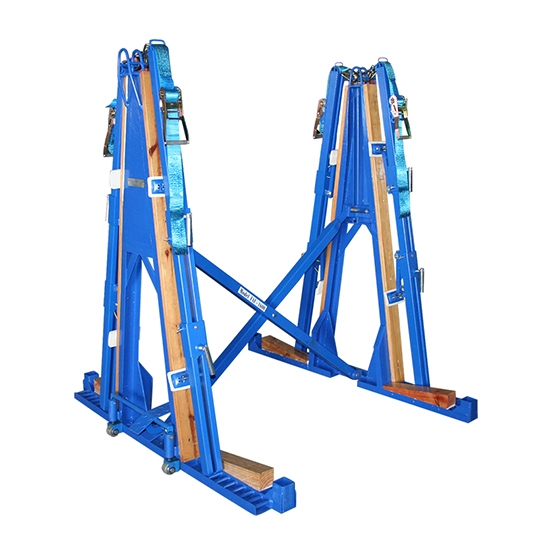
Table of Contents
ToggleWhat Is Material Handling?
Before diving deeper into equipment, it’s important to understand the core concept. Material handling refers to the movement, storage, protection, and control of materials and products throughout their lifecycle—from raw materials to finished goods.
For a detailed overview, see What Is Material Handling? Types, Equipment, Functions, Safety, and Warehouse Optimization.
This includes both manual material handling tools (like carts and pallet jacks) and automated material handling systems (such as conveyor belts, robotic arms, and AGVs).
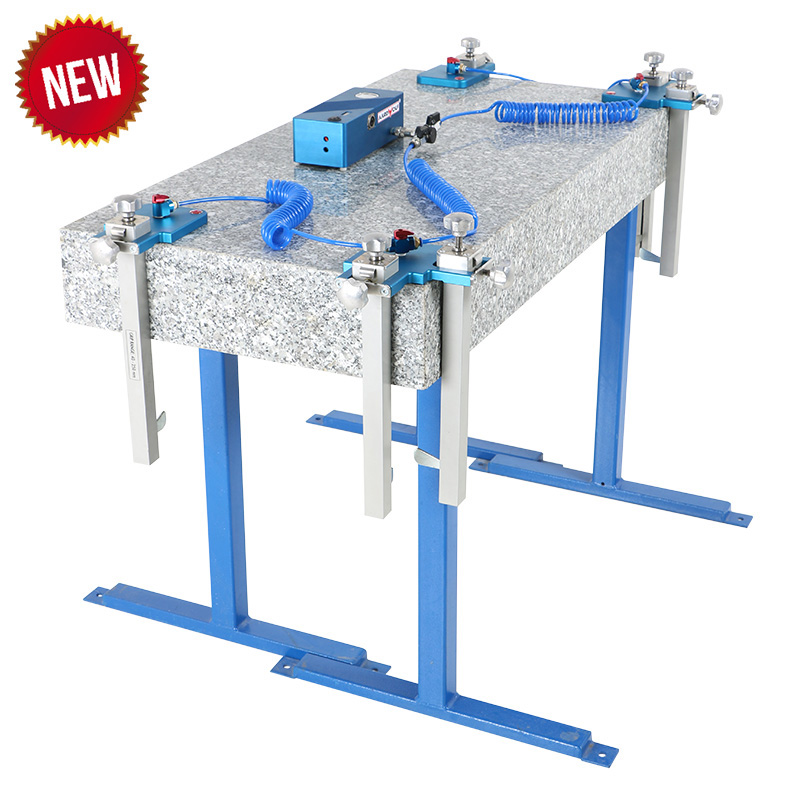
Categories of Material Handling Equipment
Material handling equipment can be classified into four main categories:
1. Transport Equipment
These are machines and tools used to move materials from one location to another. Examples include:
- Conveyors for material handling
- Forklifts for material handling
- Cranes and hoists
- Trucks and trolleys
A specialized application is stone transportation, where lifting clamps and carts are essential for safe and efficient movement.
2. Positioning Equipment
These tools ensure materials are properly aligned or placed during production. Examples include:
- Lift tables
- Turntables
- Dock levelers
- Industrial robots
3. Unit Load Formation Equipment
This equipment is used to restrict materials so they move as a single load. Examples include:
- Pallets and skids
- Containers
- Straps and wraps
Bulk systems like hoppers and silos also play a role in bulk material handling equipment.
4. Storage and Handling Equipment
These are tools used for holding materials in between movement stages, such as:
- Shelves and racks
- Bins and drawers
- Automated storage and retrieval systems (AS/RS)
Applications of Material Handling Equipment
1. Material Handling for Warehouses
Warehouses rely on forklifts, pallet jacks, and warehouse carts to manage inventory efficiently.
2. Material Handling in Manufacturing
Factories use conveyors, hoists, and robotic arms to feed raw materials into production lines.
3. Material Handling in Construction
From lifting steel beams to moving heavy stone blocks, industrial material handling solutions are vital. Tools like slab lifters and vacuum lifters provide safe handling options.
4. Material Handling in Logistics
Distribution centers depend on automated material handling systems to load and unload trucks quickly.
5. Food & Pharmaceutical Material Handling
In highly regulated industries, specialized conveyors, bins, and cleaning-friendly carts are used to ensure hygiene and compliance.
Safety in Material Handling
Safety is a crucial part of what’s covered under material handling. Employees must be trained in proper lifting techniques, workplace ergonomics, and equipment use.
For best practices, check Loose Clothing Is Best to Wear When Handling Material?.
Adhering to material handling safety standards prevents injuries and protects products from damage. Training programs also reduce accidents related to forklifts, cranes, and heavy-duty tools.
Benefits of Material Handling Equipment
- Increased Productivity – Faster material movement saves time in every industry.
- Enhanced Safety – Proper tools reduce the risk of strain injuries and accidents.
- Cost Savings – Minimizing manual labor and product damage reduces expenses.
- Efficiency in Bulk Handling – Large quantities of raw materials are moved seamlessly.
- Scalability – From small businesses to global supply chains, equipment can be tailored to scale.
For workforce impacts, see How Does Material Handling Impact the Human Labor Force?.
Material Handling System Design Considerations
Designing an effective material handling system requires evaluating:
- Facility layout and space availability
- Type and weight of loads
- Frequency of movement
- Automation level vs. manual handling
- Budget constraints
For deeper insights, see Material Handling System Design Considerations.
Trends in Automated Material Handling Systems
The industry is moving toward automation to improve efficiency and reduce human error. Innovations include:
- Autonomous Mobile Robots (AMRs)
- Smart conveyors with IoT sensors
- AI-driven warehouse management systems
- Automated palletizers and sorters
These advancements highlight the benefits of automated material handling systems for industries striving for higher efficiency.
Choosing the Right Material Handling Equipment
Selecting the best equipment depends on your industry and workload. Important factors include:
- Type of materials (bulk, fragile, hazardous)
- Operational environment (warehouse, construction site, food plant)
- Budget (balancing cost with long-term ROI)
- Safety standards required
For example, businesses in stone and construction benefit from specialized tools such as lifting clamps, vacuum paver lifters, and slab handlers.
Conclusion
So, what is material handling equipment Brainly? Simply put, it is the collection of tools, machines, and systems designed to move, store, and protect materials efficiently and safely. From manual material handling tools to fully automated material handling systems, every solution contributes to improving workflow, productivity, and safety across industries.
Whether you’re in manufacturing, logistics, construction, or warehousing, choosing the right mix of equipment ensures long-term efficiency and reduced operational costs.
For small businesses seeking low-cost material handling solutions or large enterprises investing in automation, the future of material handling lies in combining safety, smart design, and efficiency.
✅ Related Resources
- Stone Transportation
- What Is Bulk Material Handling Equipment?
- Material Handling System Design Considerations
- ToolRange for suppliers and equipment

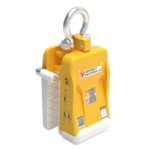
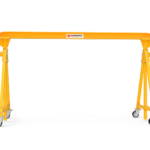
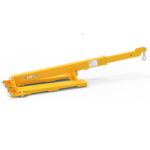
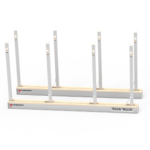
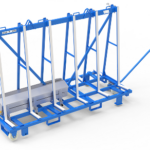

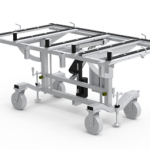
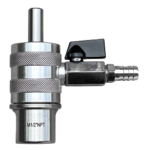
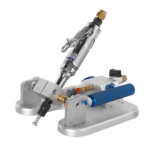
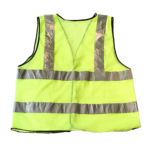

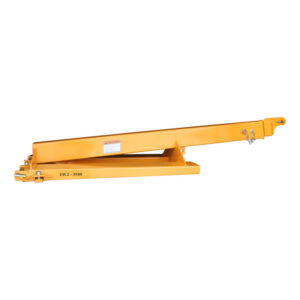
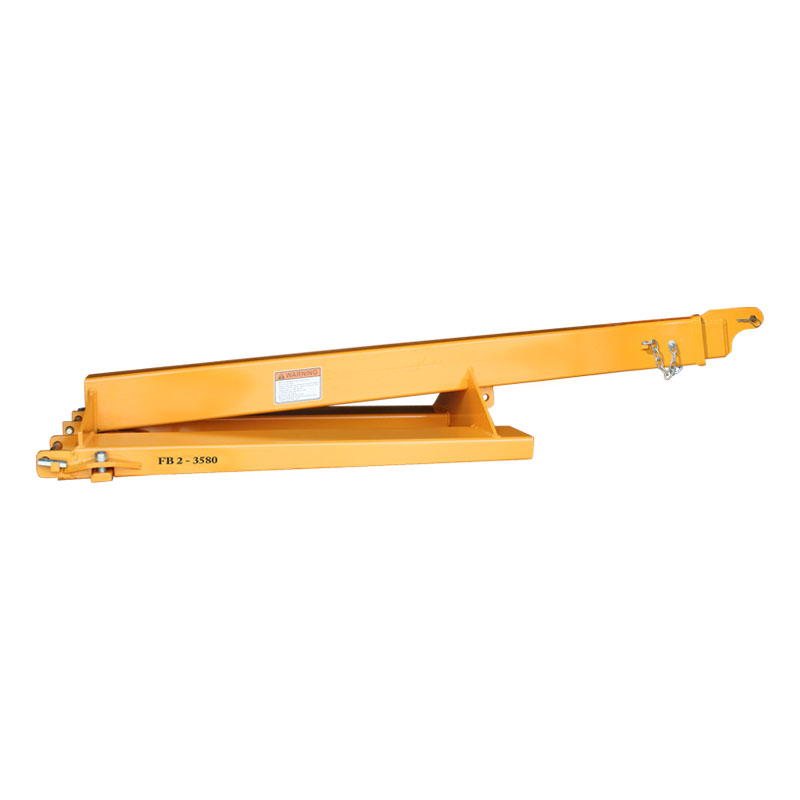
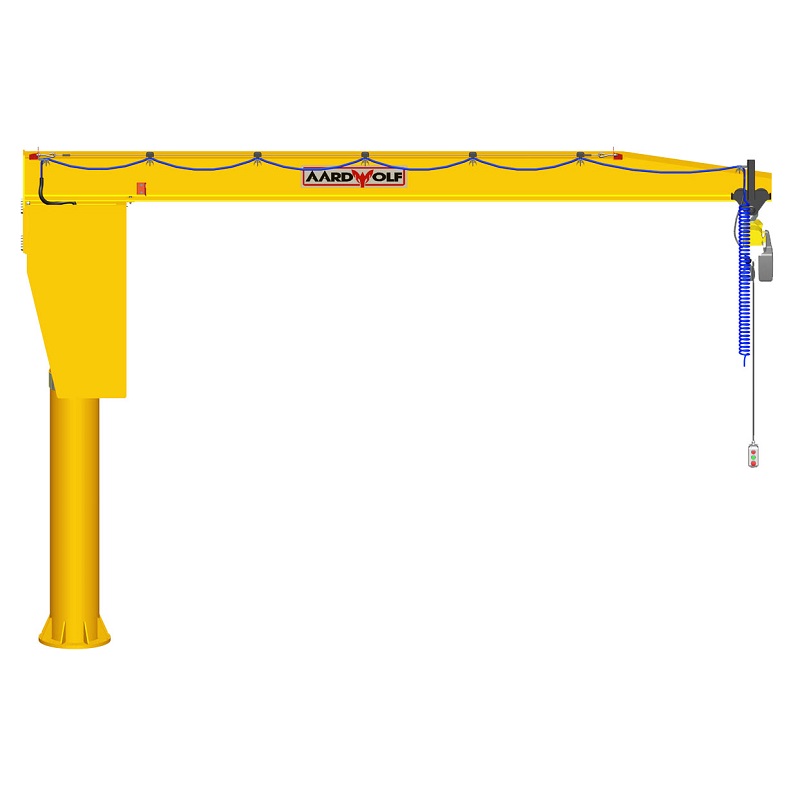


Please log in to leave a comment.